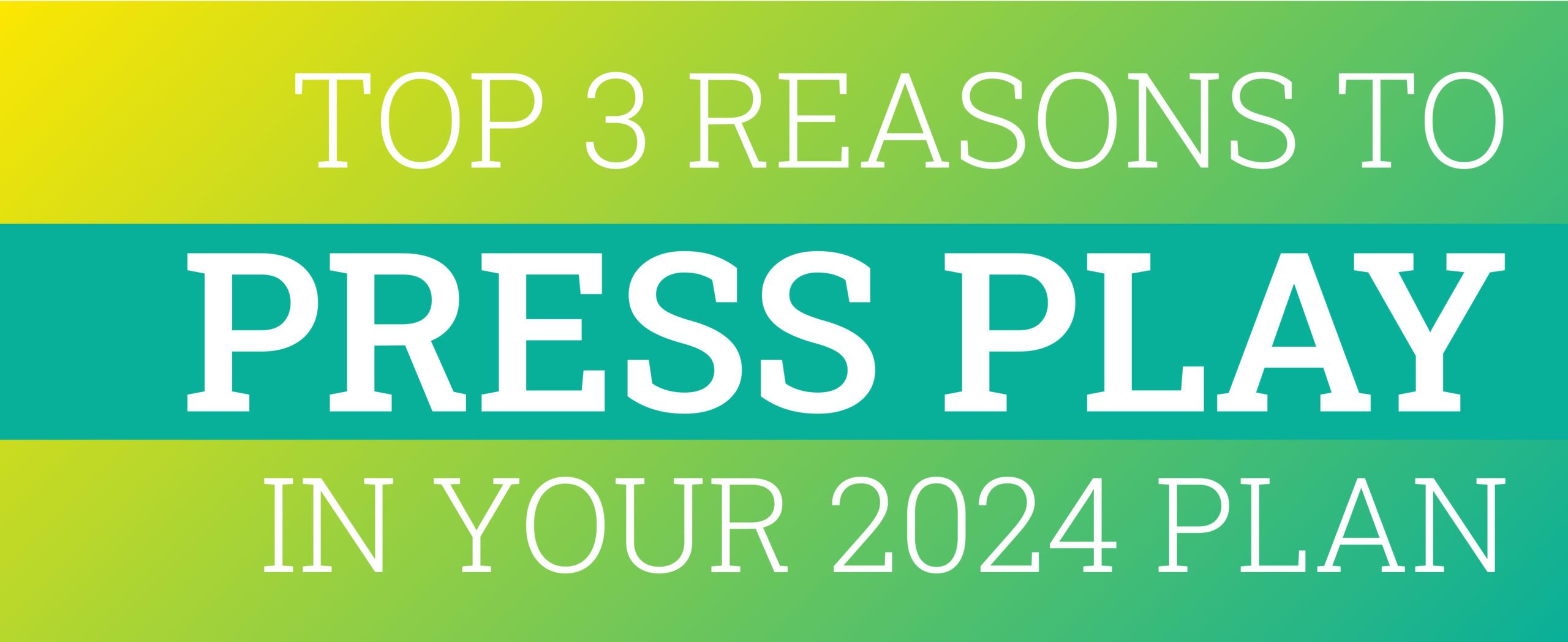A lot of clients come to us fatigued. Typically, they’ve been doing marketing for their companies with little or no training, lumping it in with the hundreds of other tasks they have to complete during the day. When they do have a strategy, they cast a wide net, creating more work as they chase down leads and hope they are qualified.
It comes down to this. When you try to be everywhere at once, you end up going nowhere fast.
Your business–and your marketing strategy–need you to narrow your focus so you can broaden your results and make the most of your skills. Not only is it cheaper in the long run, but it’s also more efficient. Here’s why.
Stay on target. The goal of any campaign isn’t to be seen by as many people as possible; it’s to be seen by the right people as effectively as possible. By directing your efforts toward your key audience, you can go deeper with their engagement. Pick two tactics and do them well; if they are successful, then you have the room to branch out and widen your scope.
We always suggest running campaigns on certain days and times that are strategic to your demographic. You may end up spending more on the media buys, but if you buy in bulk, you can mitigate some of the difference. And, you’ll be getting in front of quality leads, which changes the game entirely.
Resonate. You wouldn’t use a dog whistle to get your family’s attention, nor would you wave a dollar bill in front of your canine and expect him to respond. Once you find your target audience, speak to them with words and methods they understand and do it when they are most likely to pay attention and take action. If your tactics are failing, your audience may be telling you something. Try to do some A/B testing to see if you can figure out what they actually want to hear.
Be consistent. More marketers are vying for an audience’s attention than ever, and it is complicated by the fact that the public is already distracted. Even the most brilliant of marketing tactics will need to be repeated. While there is no “magic number” of times your message will need to be heard before someone takes action, the goal is to create a consistent message without making it monotonous.
In summary, use a clear voice, but a wide vocabulary. Be loud, but also listen. Stick to your story, but use various combinations of fact, language, and images to tell it. And when in doubt, get help from the experts.





